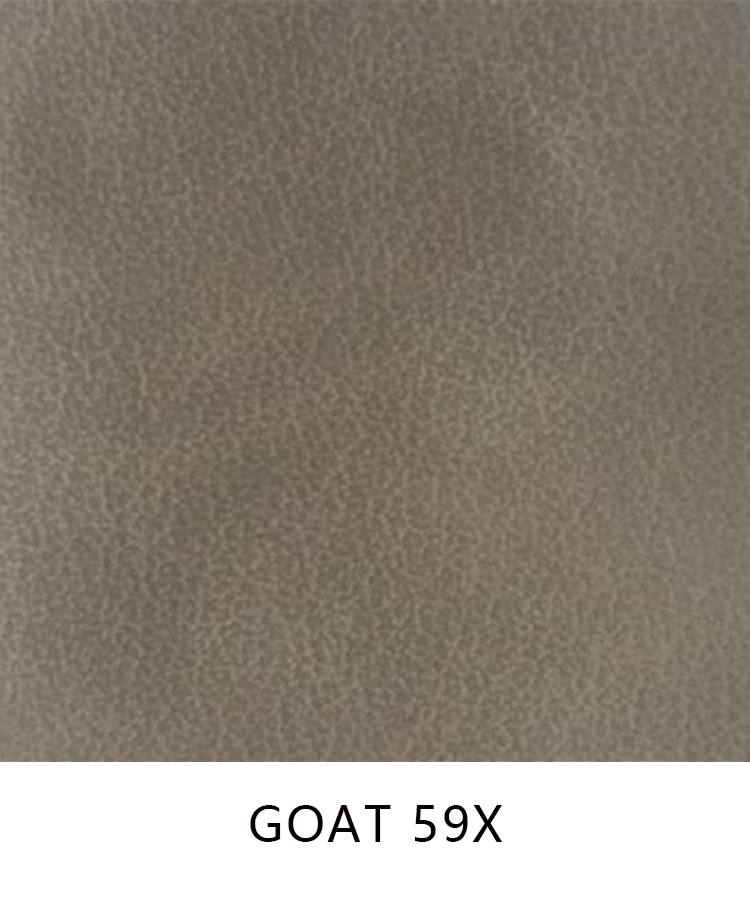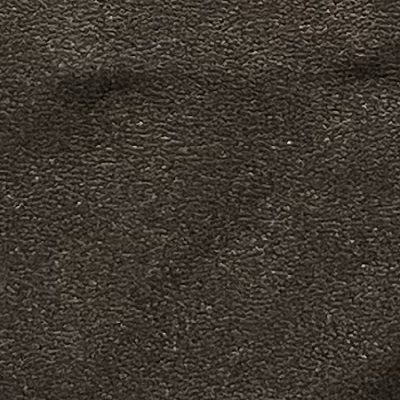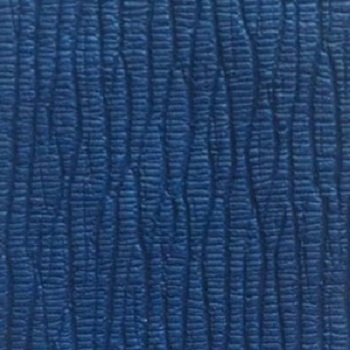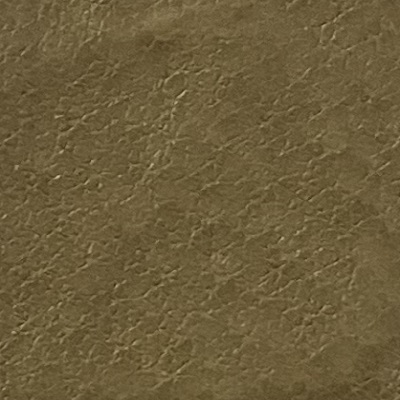Table of Contents
Benefits of Faux Leather Shoe Lining
Faux leather has become a popular choice for shoe lining in recent years, and for good reason. This synthetic material offers a range of benefits that make it a practical and stylish option for footwear. From its durability to its versatility, faux leather has much to offer both manufacturers and consumers alike.
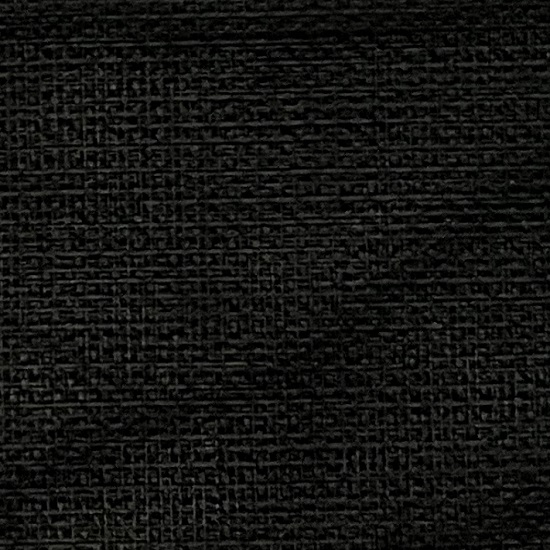
One of the key advantages of faux leather as a shoe lining material is its durability. Unlike genuine leather, which can be prone to wear and tear over time, faux leather is designed to withstand the rigors of daily use. This makes it an ideal choice for shoes that are worn frequently or subjected to harsh conditions. Whether you’re walking through rain or snow, faux leather will hold up well and maintain its appearance for years to come.

In addition to its durability, faux leather is also a versatile material that can be easily customized to suit a variety of styles and designs. This makes it a popular choice for shoe manufacturers who want to create unique and eye-catching footwear. Whether you’re looking for a classic black lining or a bold, colorful option, faux leather can be dyed and treated to achieve the desired look. This versatility allows designers to experiment with different textures and finishes, creating shoes that stand out from the crowd.
Another benefit of faux leather as a shoe lining material is its affordability. While genuine leather can be expensive, faux leather offers a more budget-friendly option without sacrificing quality or style. This makes it an attractive choice for consumers who want a high-quality product at a reasonable price. Whether you’re shopping for everyday sneakers or dress shoes for a special occasion, faux leather provides a cost-effective solution that doesn’t compromise on performance.
Furthermore, faux leather is also a more sustainable choice compared to genuine leather. As a synthetic material, faux leather is not derived from animal hides, making it a cruelty-free option for environmentally conscious consumers. Additionally, the production of faux leather requires fewer resources and produces less waste than traditional leather manufacturing processes. By choosing faux leather for shoe lining, you can reduce your environmental impact and support sustainable practices in the fashion industry.
Overall, faux leather offers a range of benefits as a shoe lining material, from its durability and versatility to its affordability and sustainability. Whether you’re a shoe manufacturer looking for a practical and stylish option for your designs or a consumer in search of high-quality footwear that won’t break the bank, faux leather is a smart choice. With its many advantages, faux leather is sure to remain a popular option for shoe lining for years to come.
How to Care for Faux Leather Shoe Lining
Faux leather has become a popular choice for shoe lining due to its durability, affordability, and versatility. While faux leather may not require as much maintenance as genuine leather, it still needs proper care to ensure its longevity and appearance. In this article, we will discuss how to care for faux leather shoe lining to keep your shoes looking their best.
One of the most important steps in caring for faux leather shoe lining is to regularly clean and condition it. To clean faux leather, simply wipe it down with a damp cloth to remove any dirt or debris. For tougher stains, you can use a mild soap or detergent mixed with water. Be sure to rinse the area thoroughly and allow it to dry completely before wearing the shoes again.
In addition to cleaning, it is also important to condition faux leather to keep it soft and supple. You can use a commercial leather conditioner or a mixture of equal parts vinegar and linseed oil to condition faux leather. Apply the conditioner to the lining with a soft cloth, working it into the material in a circular motion. Allow the conditioner to penetrate the faux leather for a few minutes before wiping off any excess with a clean cloth.
Another important aspect of caring for faux leather shoe lining is to protect it from damage. Avoid exposing your shoes to extreme temperatures, as this can cause the faux leather to crack or peel. Additionally, be mindful of where you store your shoes to prevent them from getting crushed or bent out of shape. Consider using shoe trees or stuffing the shoes with tissue paper to help them maintain their shape.
When wearing your shoes, be mindful of how you treat them to prevent unnecessary wear and tear on the faux leather lining. Avoid wearing your shoes in wet or muddy conditions, as this can cause the lining to become discolored or damaged. If your shoes do get wet, allow them to air dry naturally and avoid using heat sources such as hair dryers, as this can cause the faux leather to shrink or crack.
If you notice any damage to the faux leather shoe lining, such as peeling or cracking, it is important to address it as soon as possible. You can use a small amount of clear nail polish or glue to repair minor damage to the lining. For more severe damage, consider taking your shoes to a professional shoe repair shop for expert assistance.
In conclusion, caring for faux leather shoe lining is essential to maintaining the appearance and longevity of your shoes. By regularly cleaning, conditioning, and protecting your shoes, you can ensure that they look their best for years to come. Remember to treat your shoes with care and address any damage promptly to keep them in top condition. With proper care, your faux leather shoes will continue to be a stylish and durable choice for your footwear collection.
| Products | Using |
| Shoe lining material | Shoes,Bags, Clothes |

